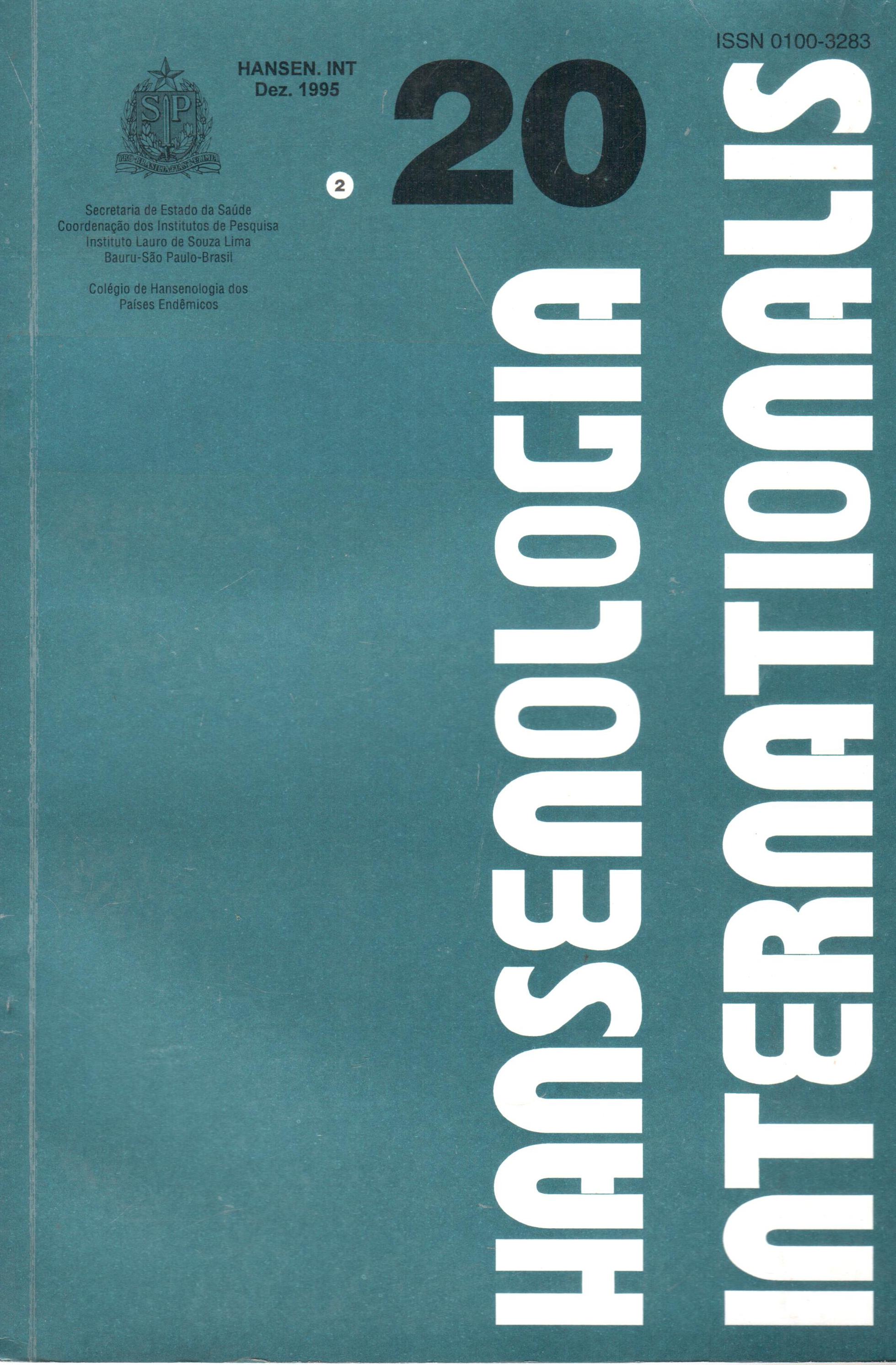Fenômeno de Lúcio (eritema necrosante)
DOI:
https://doi.org/10.47878/hi.1995.v20.36489Keywords:
Lucio's phenomenon, Necrotizing Erythema, LeprozyAbstract
A 36 six years old woman eith lepromatous leprosy has presented characteristic lesions of Lucio's Phenomenon, that evolved with necrosis and large ulcerations in her limbs and face. There was secondary infeccion, sepsis, shock, and she died after the 10th day since admission. Several venous thrombosis, broncopneumonia, foci of necrosis, and neutrophilic exsudation in lepromatous granulomata in limphnodes, and liver were observed. Findings of this necropsy and the data from literature sugest that Lucio's Phenomenon is a hemorragic inferction of cutaneus areas caused by occlusion of veins of vascular plexus of deep dermis and subcutis, previous involved by lepromatous infiltration and bacilli. Exsudative foci, observed in lepromatous granulomata in limphnodes and liver, suggests a type 2 reaction with a subclinical evolution and the exsudative alterations may be accounted for full venous occlusion. A patient with Lucia's Phenomenon is one that is similar to a patient with large bums in all his body, he has loss of water and salts, proteins and is prone to develop a bacterial infeccion in the cutaneus ulcers. Several areas of necrosis in the dermis and subcutismay release coagulation factors that cause thrombosis found in several venous territories. There is no relation between foci of necrosis in the gastrointestinal mucous membranes and Hansen's disease and they are certainly caused by shock.
Downloads
References
2. AZULAY, R.D. Auto agressive hanseniasis.J. Am. Acad. Dermatol., v.17, n.6, p.1042-1046, 1987.
3. CALUX, M.J.F. Contribuição ao estudo do eritema necrosante (Fenômeno de Lúcio) na hanseníase. (Tese). Faculdade de Medicina de São Paulo (USP), 1989.
4. LATAPI, F. CHEVEZ-ZAMORA, A. La lepra manchada de Lúcio. Estudo clínico e histopatológico.Dermatologia (Mex), v. 22, p.102-7, 1978.
5. LÚCIO, R., ALVARADO, I. Opuscullo sobre o mal de San Lázaro o elefanciasis de los griegos.Dermatologia (Mex), v.22, p.93-101, 1978.
6. NOGUEIRA, M.E.S., FLEURY, R.N., ARRUDA, M.S.P. Eritema nodoso hansênico. Análise comparativa do quadro histopatológico pelas técnicas de rotina e imunofluorescência. Rev. Hans. Internationalis, v. 20, n.1, p. 11-18, janeiro/junho, 1995.
7. NOVALES, J. Lepra de Lúcio. Ill - Aspectos histológicos. Dermatologia (Mex), v. 22, p. 164-174,1978.
8. . RODRIGUEZ, O. Lepra de Lúcio - I - História e concepto. Dermatologia (Mex), v. 22, p. 117-40, 1978.
9. SAUL, A., NOVALES, J. La lèpre de Lúcio - Latapi et le phènomene de Lúcio. Acta Leprol. (Géneve), v. 92, p. 115-24, 1983.
Downloads
Published
How to Cite
Issue
Section
License

This work is licensed under a Creative Commons Attribution 4.0 International License.
This journal is licensed under a Creative Commons Attribution 4.0 International License.


























